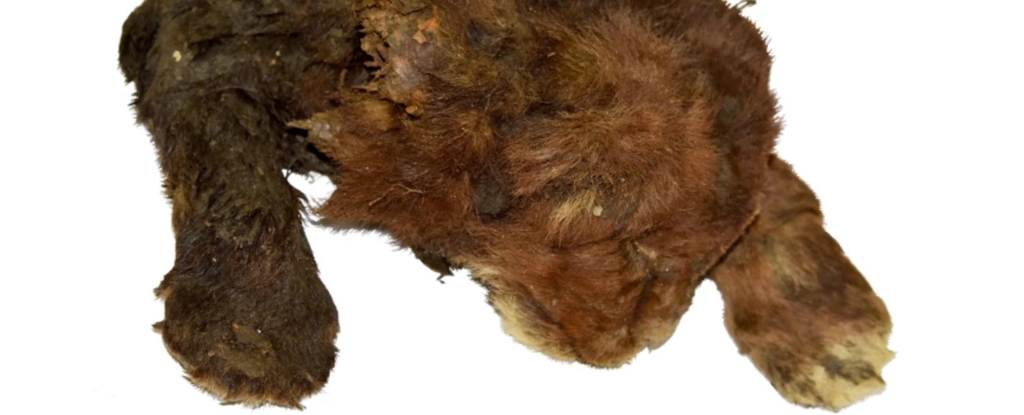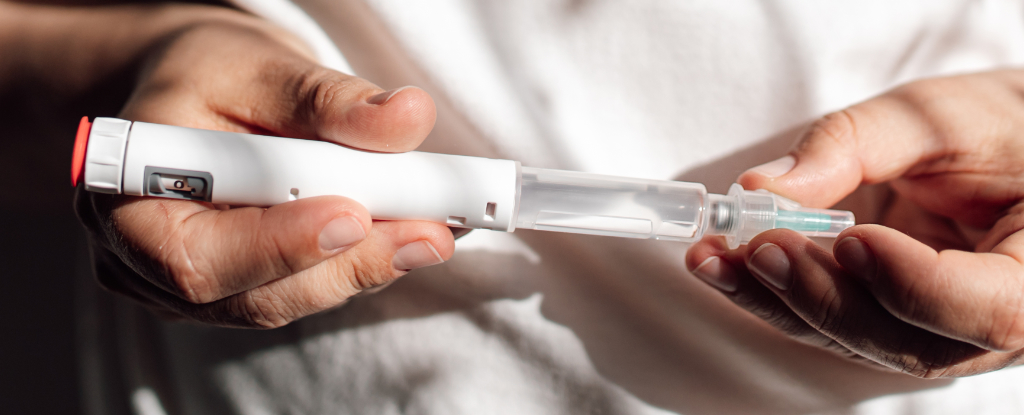On September 8, the European Space Agency (ESA) will witness a rare event as the first of four Cluster satellites, named “Salsa”, re-enters Earth’s atmosphere. This satellite, launched as part of ESA’s Cluster mission, will burn up in an uncontrolled yet targeted reentry over a remote part of the South Pacific Ocean. The event presents a unique opportunity for scientists to observe and gather critical data on satellite reentry, contributing to safer and more sustainable practices in future space missions.
Understanding Satellite Reentry
According to a report by ESA, in nearly 70 years of space exploration, about 10,000 intact satellites and rocket bodies have reentered Earth’s atmosphere. Despite this, scientists still have limited understanding of the exact dynamics that occur during reentry. To bridge this knowledge gap, ESA, in collaboration with Astros Solutions, will conduct an airborne observation experiment during Salsa’s reentry.
A team of scientists aboard a small plane will attempt to collect data on the satellite’s breakup process, which will be invaluable for designing and operating future satellites to ensure they can be safely and efficiently disposed of after their missions.
The Importance of Salsa’s Reentry
According to Holger Krag, Head of Space Safety at ESA, understanding reentry dynamics is crucial for maintaining clean and safe orbital paths around Earth. He explains that the quick removal of defunct satellites is vital to prevent space debris accumulation. The reentry of the Cluster satellites, starting with Salsa, offers a repeatable experiment due to the nearly identical conditions under which each satellite will reenter the atmosphere. This scenario allows scientists to observe and compare the outcomes of different reentry angles and conditions, providing insights that will inform the design of future missions.
Targeting the South Pacific Ocean
In January, Salsa’s orbit was adjusted to ensure that its reentry would occur over one of the most remote regions on Earth, the South Pacific Ocean. Bruno Sousa, Cluster Operations Manager, notes that Salsa’s orbit brings it close to Earth every 12 years. This year’s close approach allowed for a targeted reentry, with the spacecraft’s trajectory adjusted to ensure that any surviving fragments fall into open waters, minimizing the risk to populated areas.
Preparing for the Airborne Observation
The airborne observation mission, known as ROSIE-Salsa, involves a joint effort from academic institutions such as the University of Stuttgart and the University of Southern Queensland, alongside industrial partners like Hypersonic Technology Göttingen and Astros Solutions. Led by Jiří Silha, CEO of Astros Solutions, the mission aims to capture real-time data during Salsa’s reentry.
The plane will be equipped with over 20 scientific instruments, including cameras and spectrographs, to observe the satellite’s breakup and record detailed information. Despite the challenges posed by the reentry’s unpredictable nature and the remote location, the team is prepared to gather critical data that could enhance future satellite reentry predictions.
Looking Ahead
Salsa’s reentry marks the beginning of a series of controlled reentries for the remaining Cluster satellites, with the last one scheduled for 2026. ESA’s commitment to reducing space debris is further demonstrated by its Zero Debris approach, which aims to eliminate the creation of space debris by 2030.
In addition to the Cluster mission, ESA is also planning the DRACO mission, which will involve an actively controlled reentry of a satellite equipped with a “black box” to provide telemetry data from within. If successful, this mission could set a new standard for satellite reentry observations and contribute significantly to the safe and sustainable use of space.





